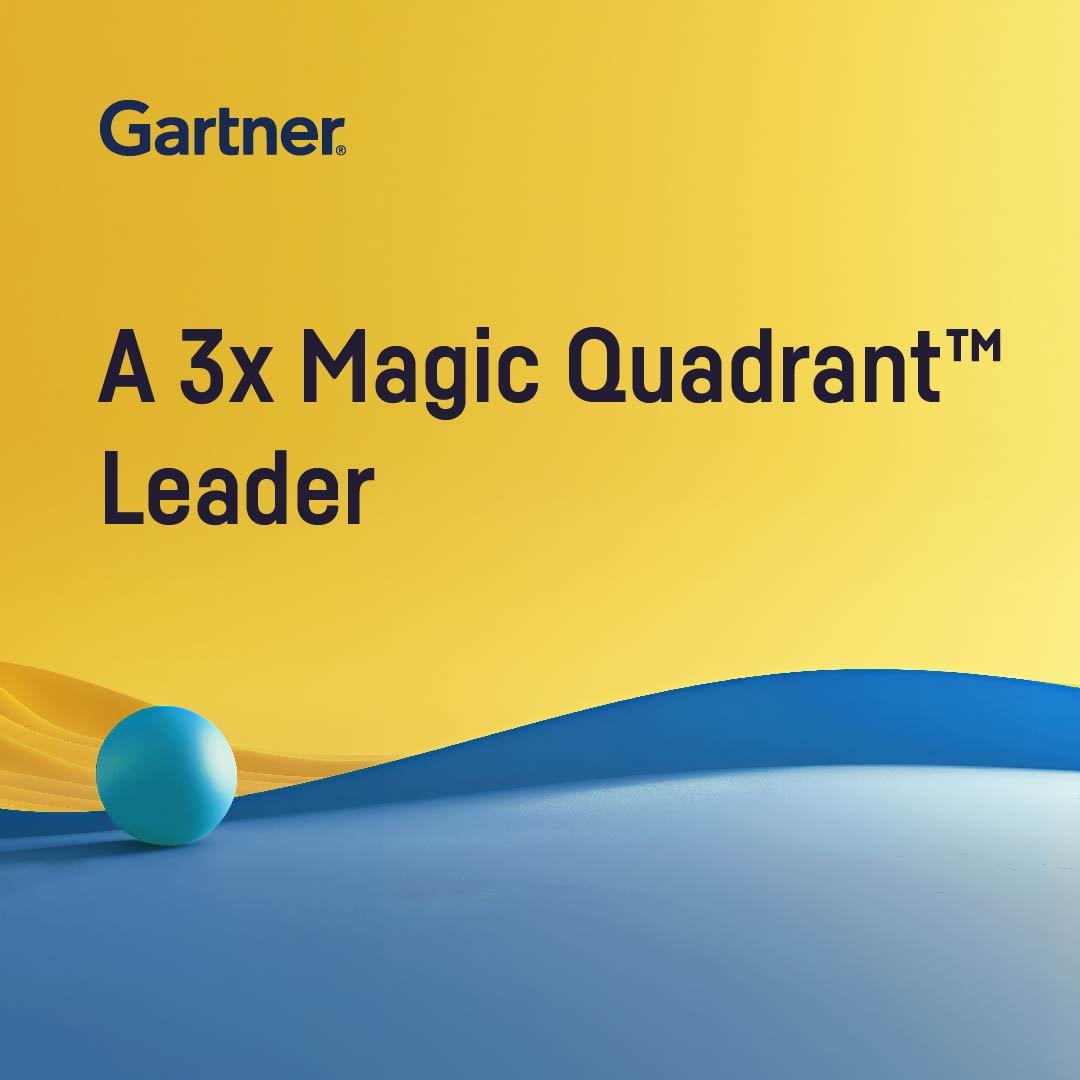Improve Anti-Money Laundering Effectiveness
The Dataiku for Anti-Money Laundering (AML) Alert Triage Solution uses historical, labeled alerts to predict “true positive” AML alerts, generating priority scores for new, unlabeled alerts and ranking them for financial crime teams to prioritize effectively.
Rank AML Alerts Easily
The Dataiku for AML Alert Triage Solution offers ranked alerts based on the likelihood of them being true positives, making it easy to triage and pass this information into any existing case management systems used by your financial crime team.
Now, compliance analysts can focus on the highest risk alerts, reduce alert fatigue, and increase escalation accuracy.
Rapidly Review the Prioritization Model With Business-Friendly AI
The prioritization model gives you easy-to-understand insights into potentially relevant variables to use when creating new business rules or updating existing ones.
Streamline Approvals and Reevaluate the Model Over Time
The Dataiku for AML Alert Triage Solution remains fully operational over the long term thanks to its integrated model revaluation and streamlined redeployment.
Because you can easily review the prioritization model and use the same process to reevaluate it over time, you save on maintenance overhead and costs.
Deploy Refreshed Models Immediately
Your teams can begin seeing benefits quickly. Using integrated and simple data requirements, you can quickly and transparently deploy updated models, all while maintaining full governance and control at all times.
Embed ML in Your Existing Practices
Leverage Dataiku’s powerful integration capabilities to embed the resulting scoring model in your AML setup, fueling prioritization scores into your case management system.
Answer Key AML Alerts Triage Questions
The Dataiku for AML Alert Triage Solution helps answer a broad range of questions like:
- While all alerts generated must ultimately be investigated, can I prioritize my investigations based on likelihood that the alert will be a true positive?
- How can I easily add alert triage capability into my existing AML process without disruption?
Move From Alert Triaging to Full AML Enhancement
Alert triaging is just the start. With confidence built in ML impact, smoothly move to a deeper AML setup, including rules recalibration, ML-enriched rules, and enhanced investigation activities through graph analytics — all with full governance and control.
The Total Economic Impact™️
Of Dataiku
A composite organization in the commissioned study conducted by Forrester Consulting on behalf of Dataiku saw the following benefits:
reduction in time spent on data analysis, extraction, and preparation.
reduction in time spent on model lifecycle activities (training, deployment, and monitoring).
return on investment
net present value over three years.





